There’s nothing quite like slicing through the plastic, sliding the inner sleeve out, and placing a new vinyl record on a turntable. For those who can remember a time when vinyl was the only way to listen to music, it may come as a surprise that records have had something of a renaissance in recent years. In 2022, vinyl record sales surpassed CD sales for the first time since 1987. That was the year Whitney Houston released her classic “I Wanna Dance With Somebody,” and the year “Dirty Dancing” hit cinemas. It’s clear that the music and media landscape has drastically changed since then, but what’s the cause for this recent trend in physical music sales?
Americans spend more than four hours daily listening to music, mostly by use of streaming services such as Spotify and Apple Music. But a growing number of Gen Z collectors are perusing the bins. A 2021 report by The Recording Industry Association of America outlines that 18 to 35-year-olds were the biggest buyers of vinyl records that year. The 2022 report has not yet been published, but based on previous trends, the rate can be expected to increase.
For Cristal Fernandez, 26, of Orlando, Florida, her interest in records was sparked in 2016 when she saw a photo of Lana Del Rey’s “Ultraviolence” vinyl posted to Tumblr. Now, she has a collection of over 200 records, and runs a record Instagram (@/vinylmother) that shows off her steadily expanding collection. As someone born right in between millennials and generation Z, she has a unique perspective seeing how her younger contemporaries have discovered physical formats and how older individuals have returned to it. “I think people just like the feeling of owning again,” she said.
Another factor she highlighted in this vinyl resurgence is a collective passion for nostalgia among younger generations. Going beyond just enjoying owning a physical copy of an album, young people have idealized and romanticized the late decades of the 20th century for their various styles and trends. “A lot of those younger kids who are into fashion and style of the ‘60s to ‘90s also crave other things from that time,” Fernandez said. “Physical music was the only thing back then, [and buying it today] is a kind of way to get in touch with that time.”
In just a monetary sense, physical music sales bring more money into the music industry and help out artists to continue their craft. According to Ditto Music, an online global music distribution site, services like Spotify pay artists only $0.003 on average per stream. United Record Pressing, a record plant that has been in operation since 1949 and has pressed some of the most popular albums of the last century, quotes a standard order of 300 black vinyl records to cost around $2,000. With that price point, each album costs about $6.66 to make, and would likely be marketed up to about $25 retail price. If said album had 12 songs, that shakes out to roughly a $1.50 profit per song. Of course, that number still sounds low, but it is a 500% increase compared to a stream. Even if the rise in vinyl’s popularity isn’t completely driven by an interest in supporting artists, it’s undoubtedly a plus to purchasing.
Even beyond a monetary capacity, vinyl records keep a tradition of physical media alive well into the digital age. People who grew up with formats like CDs have expanded their horizons to vinyl, and many young kids have sought out vinyl for the first time for a connection to eras that they weren’t around for.
Similar to myself, young members of Gen Z are beginning to collect while in high school or younger, such as Jack Cheatham, 18, a senior at Open World Learning High School in St. Paul, Minn., who discovered vinyl when his grandparents gifted him their collection in seventh grade. Through collecting, he was exposed to music from bands such as Led Zeppelin and the Beatles, and began adding more current music to his collection. “Buying a physical piece of music immortalizes that music for me. I won’t forget about it or lose it,” he said. “It makes me think about [the music] more.” In a time when consumers are inundated with media at lighting-speed, flipping a record or playing a CD allows for a moment of pause and a retreat from skipping through endless digital playlists.
A perfect example of how the popularity of physical music has spread is found in Cheatham’s friendship with fellow senior at Open World Learning, Daniel Meekin, 18. Meekin started buying records a little over a year ago after Cheatham began talking about his interest in collecting. Meekin has particularly found an appreciation for simply the act of looking for your favorite music, instead of searching for them digitally. “I really enjoy record culture. There’s something about going into a record store and leafing through a bunch of things that is really calming to me even if I’m not going to buy anything,” he said.
When young people take up an interest in “older” things, it should be seen not as a waste of money or a fad, but as an important practice of honoring nostalgia and protecting a tangible sense of ownership over a physical piece of media. More importantly, collecting physical media benefits those who create it, and keep creative industries alive while also bridging the gap between traditional practices with younger demographics. Vinyl records are a way to keep the past alive, and not forget about the history of music.

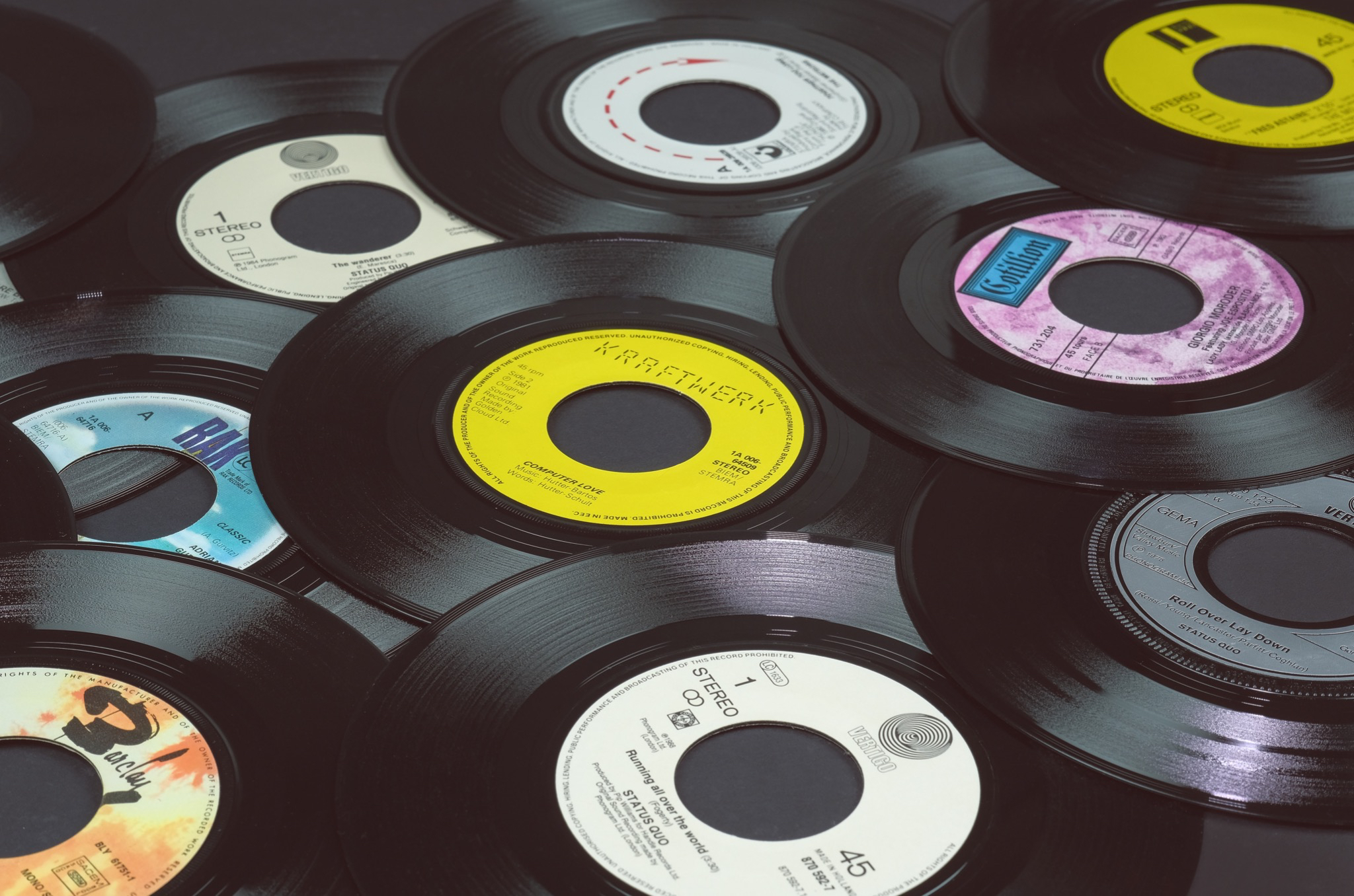







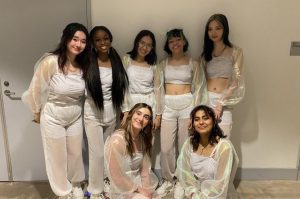
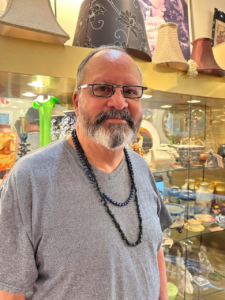







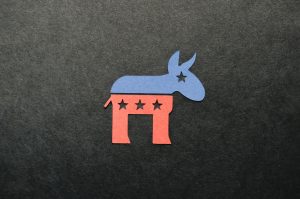
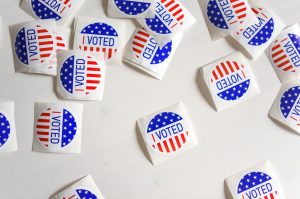

Be First to Comment